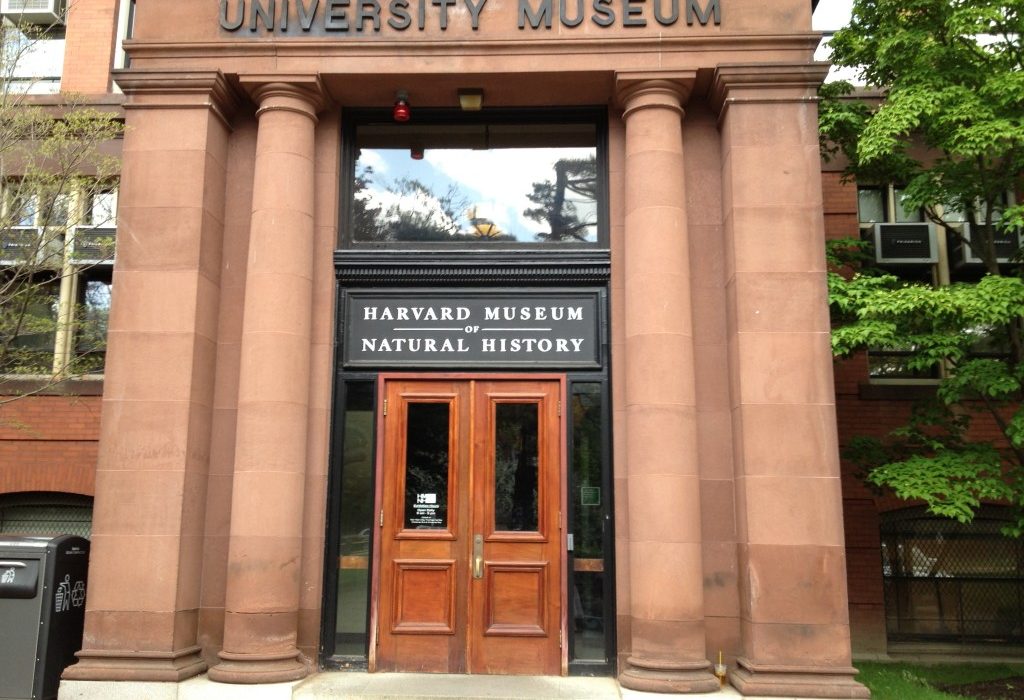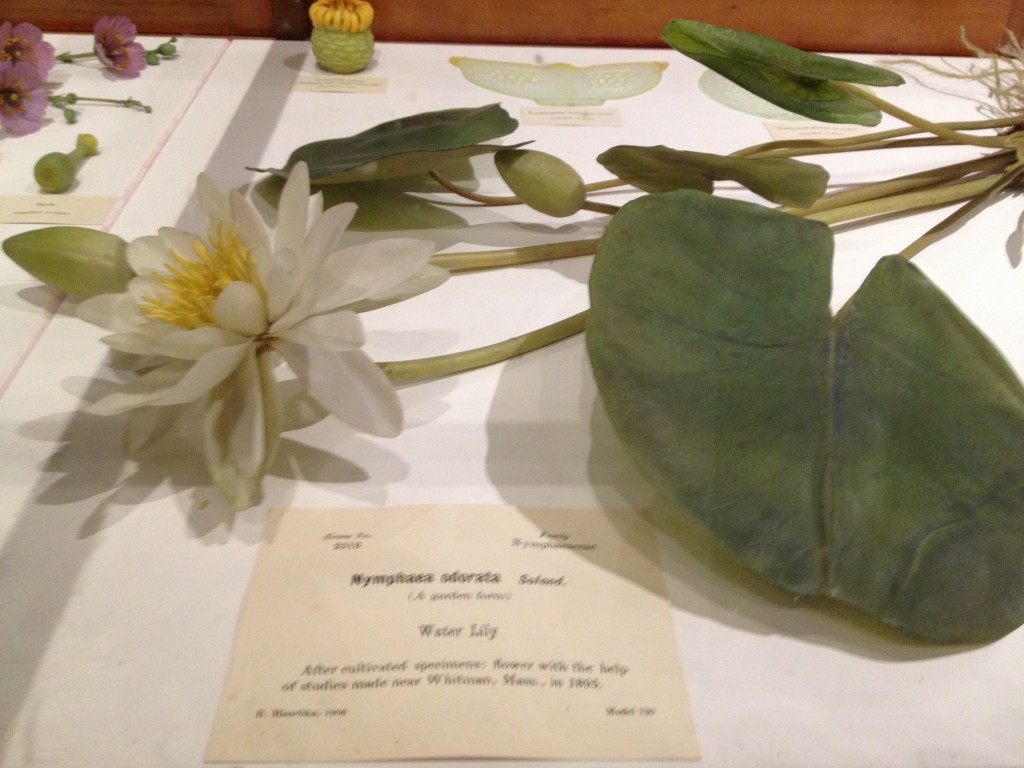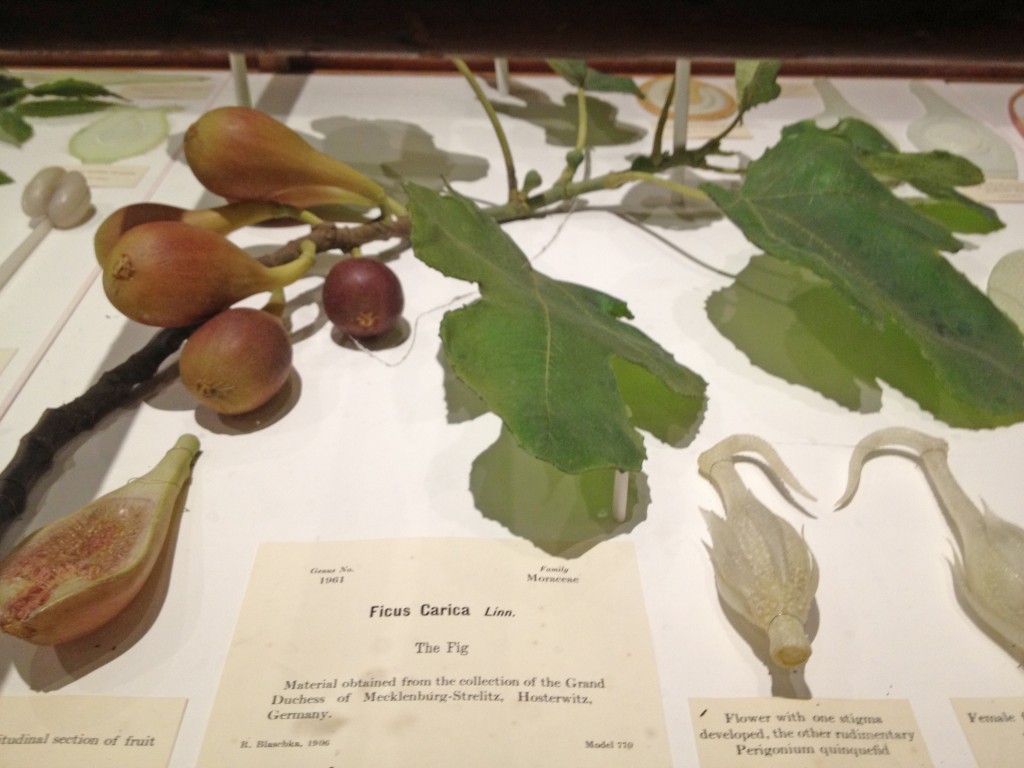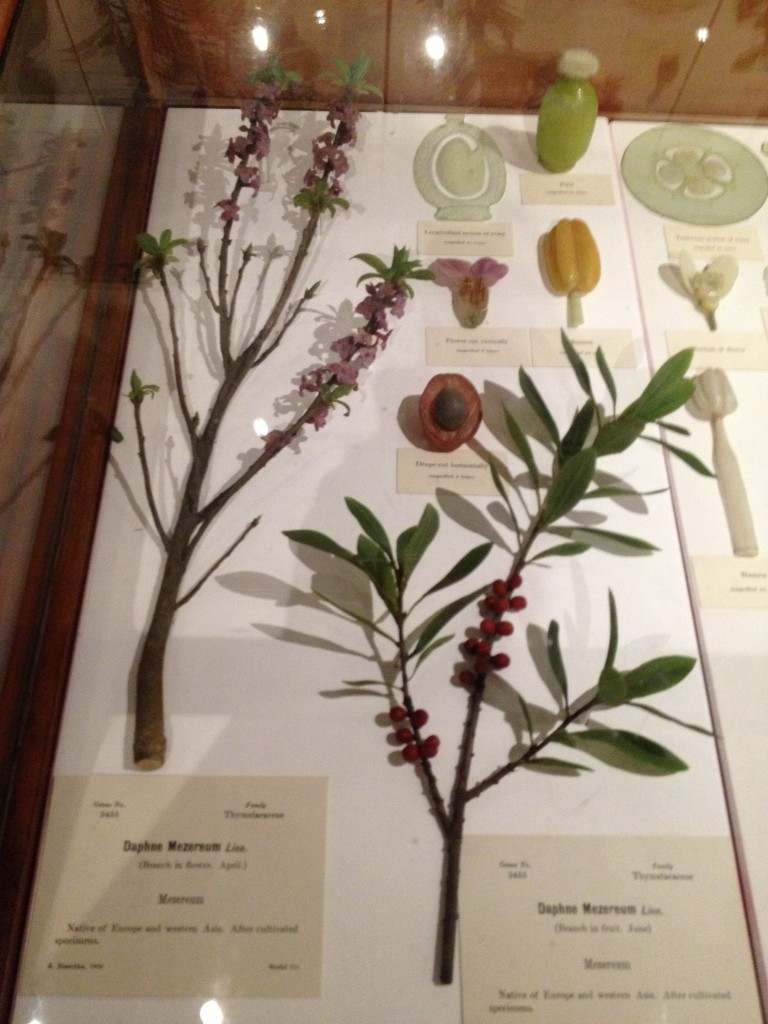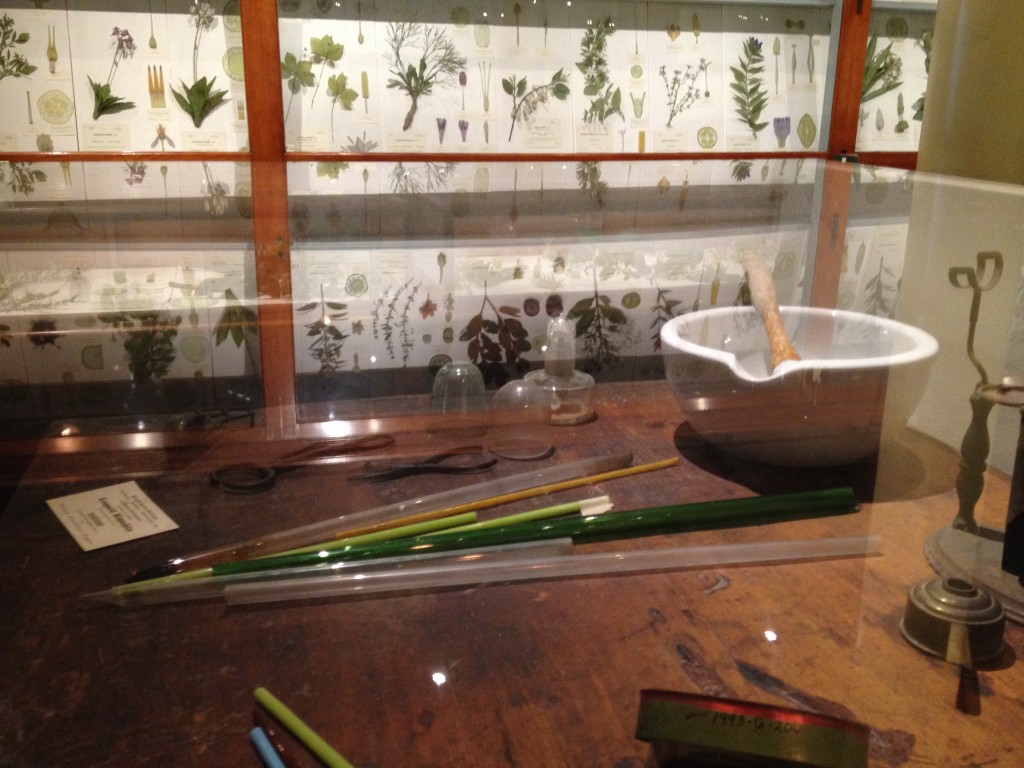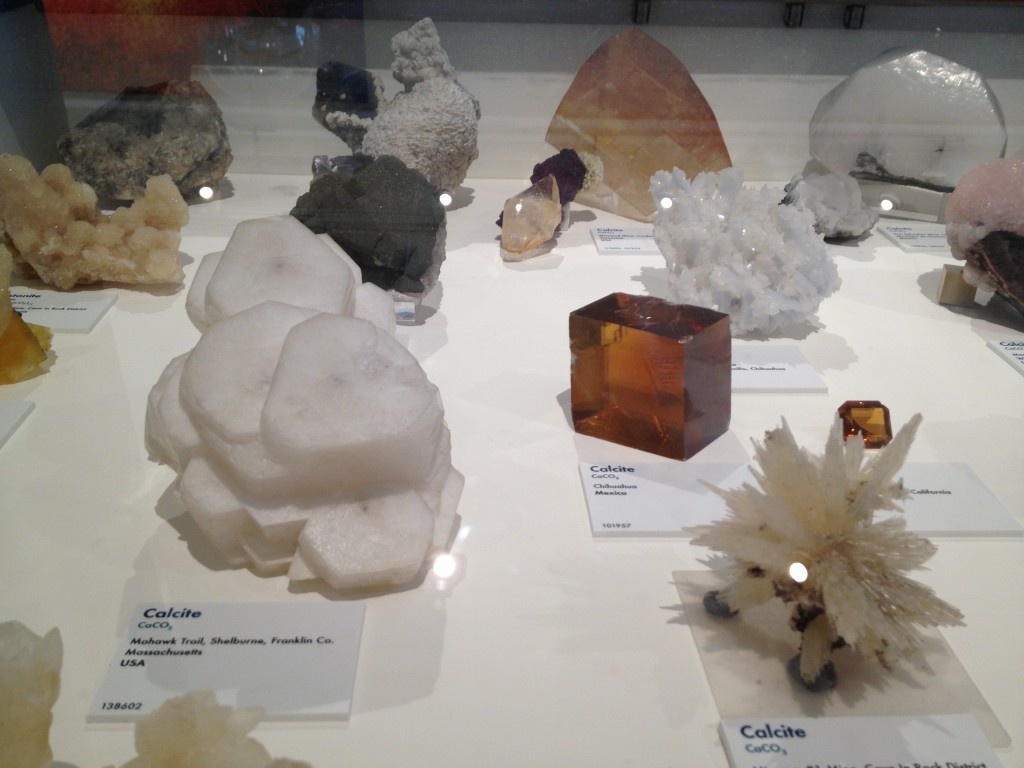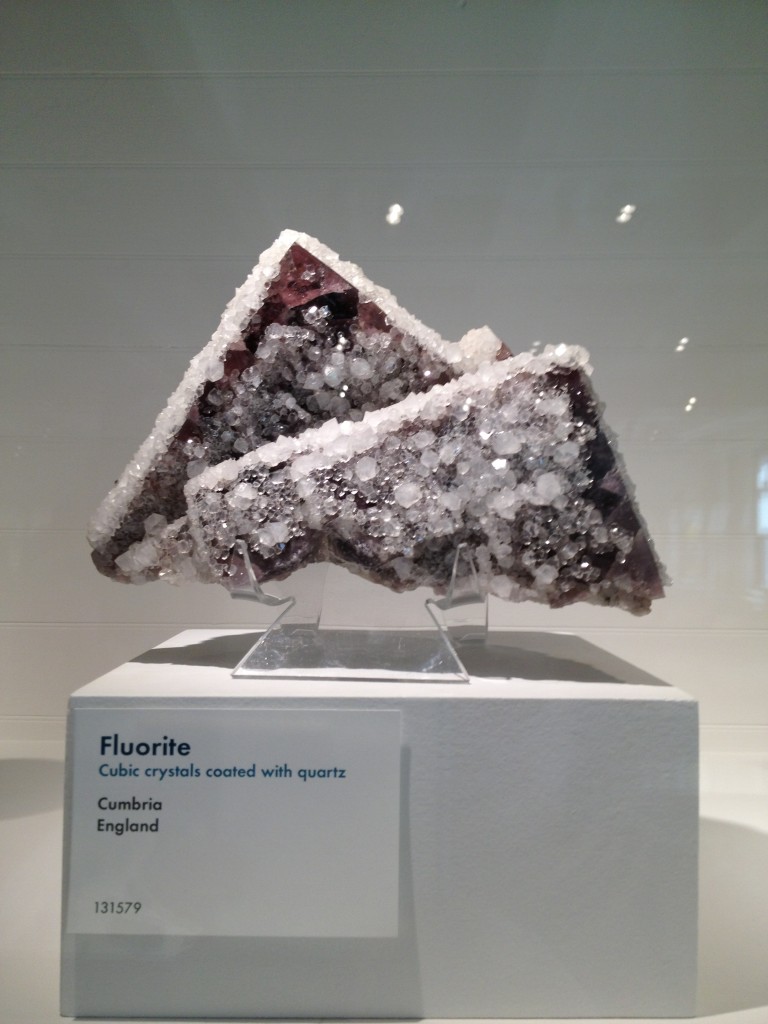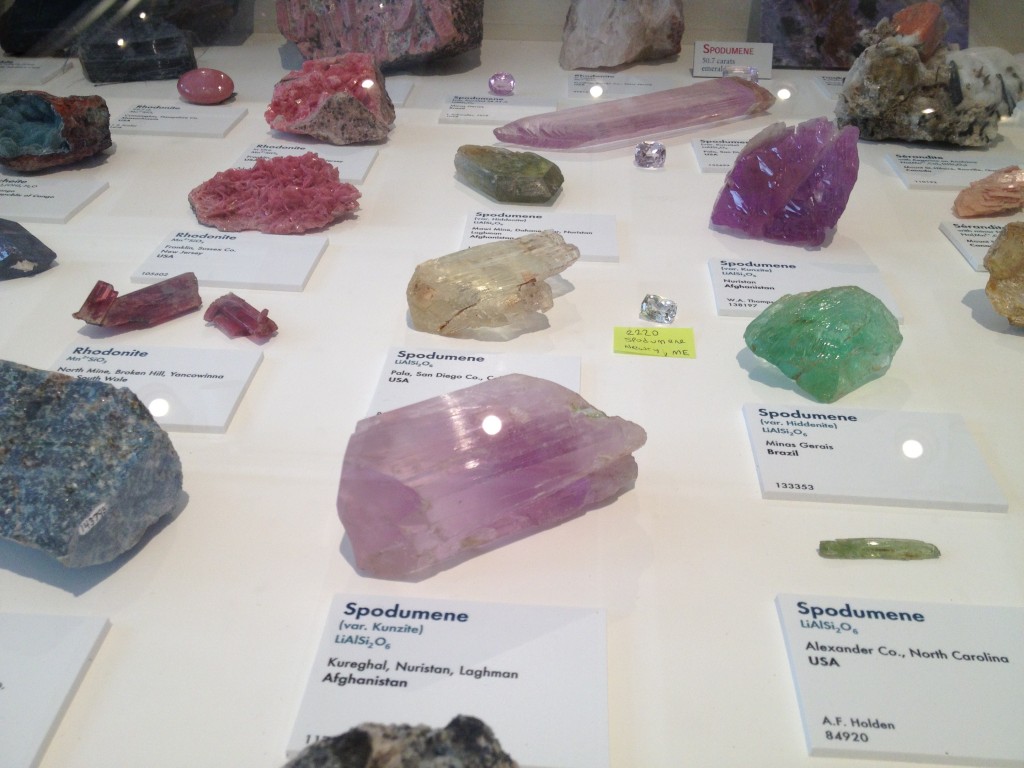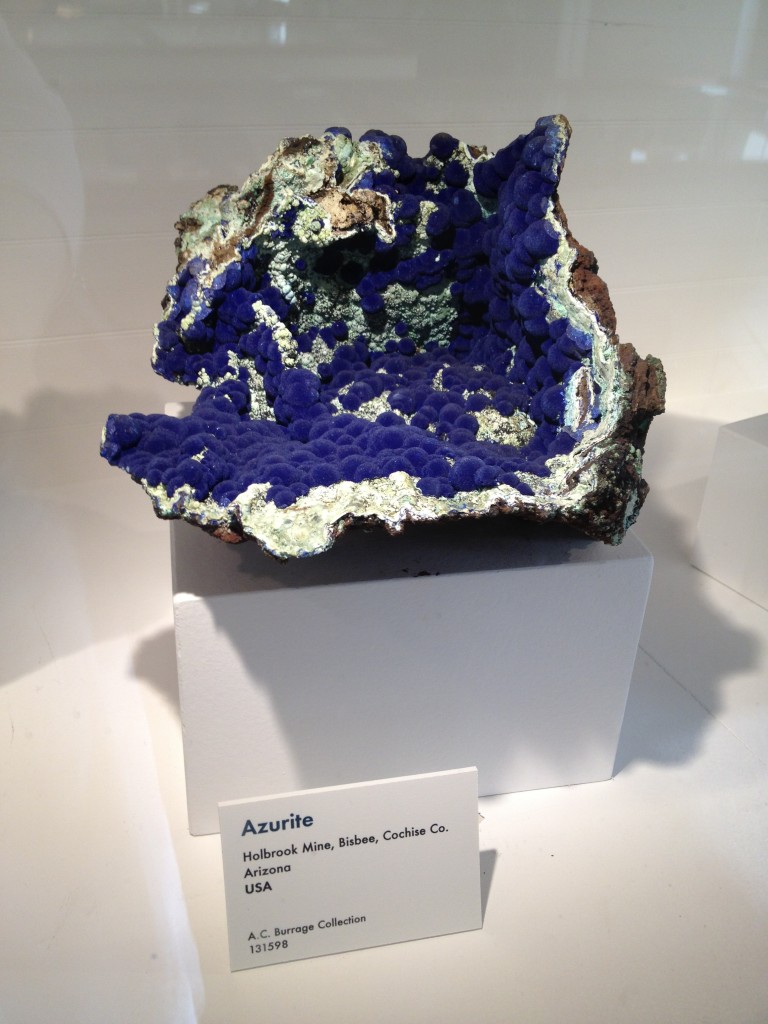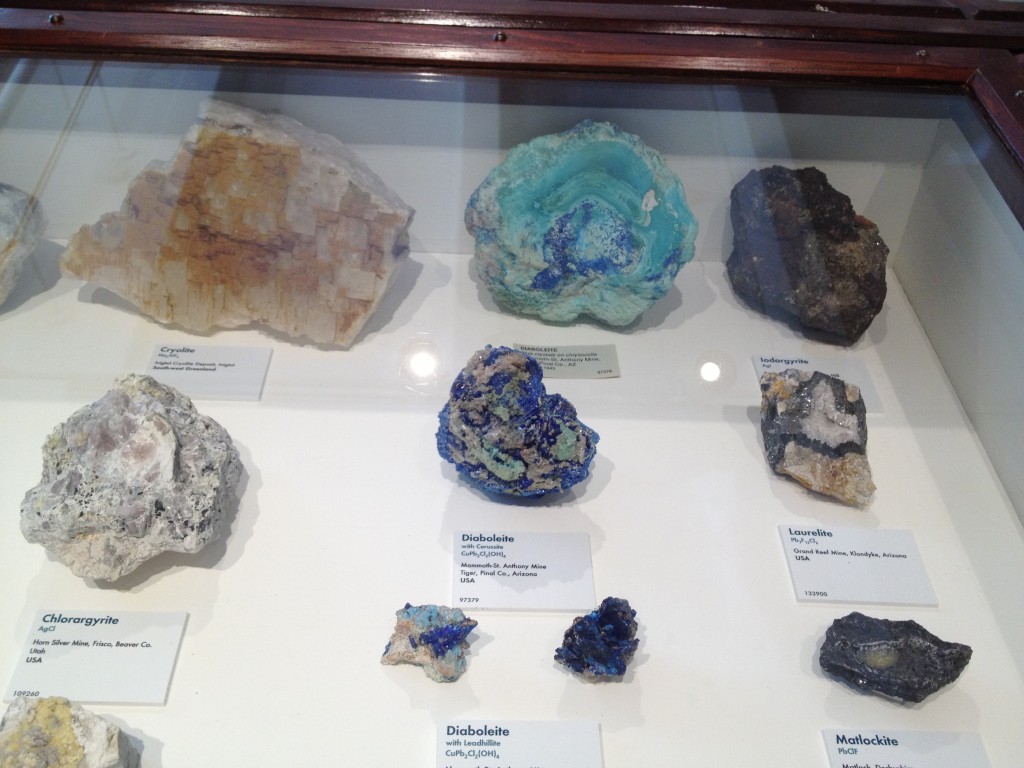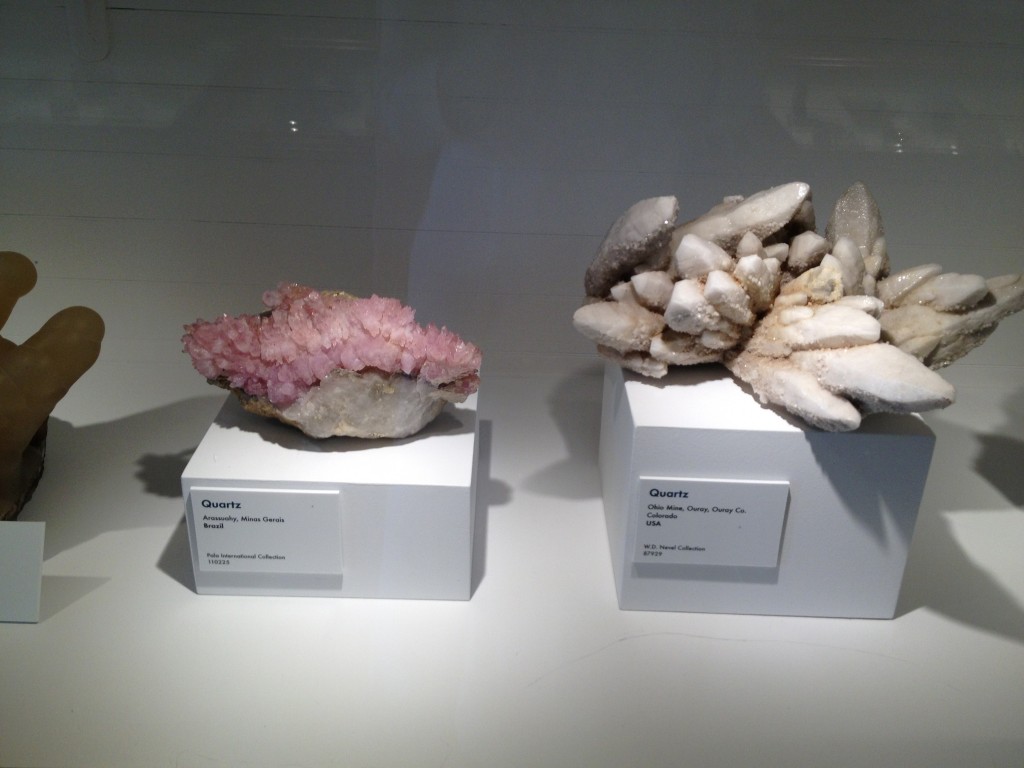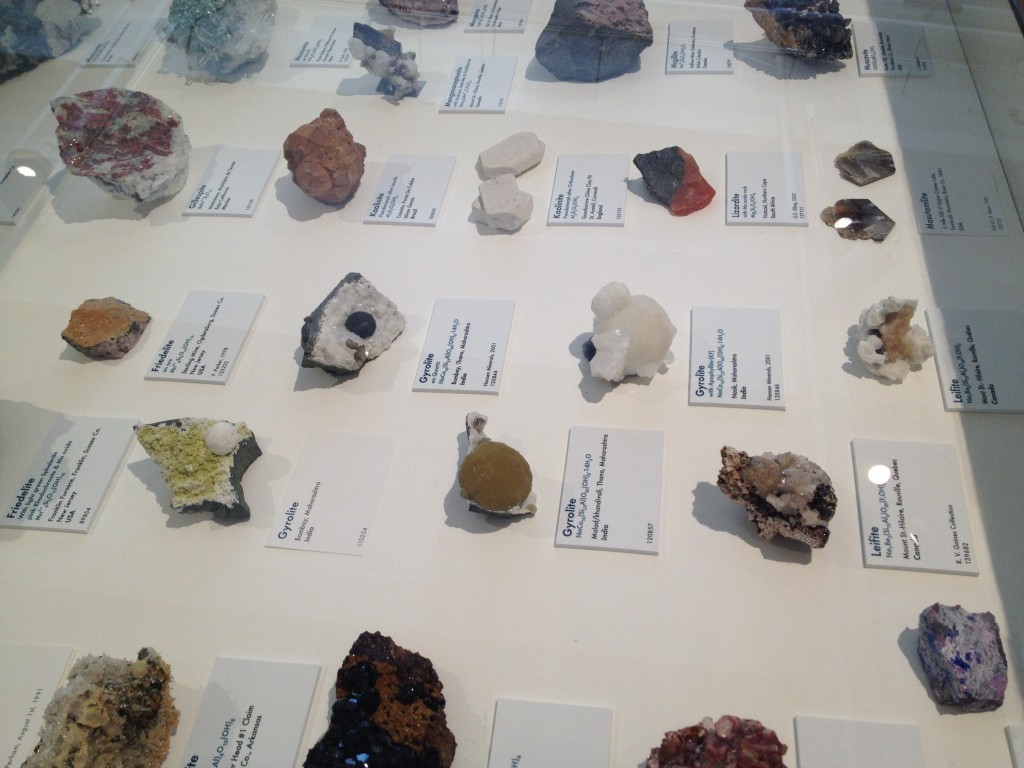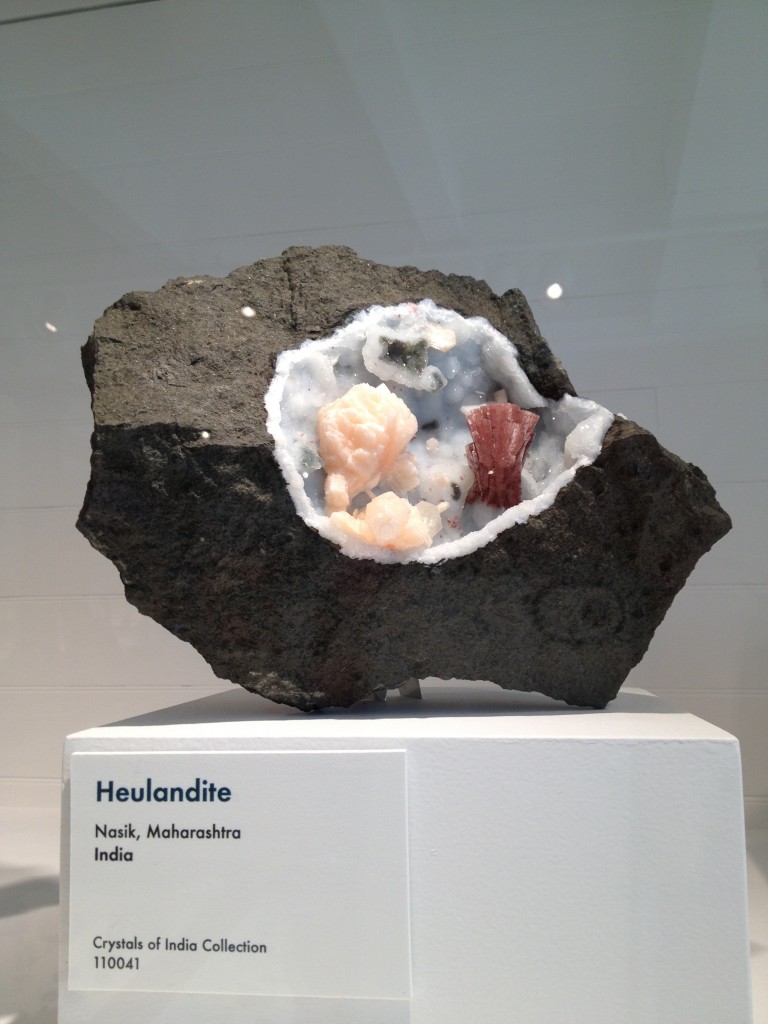Two Jaw Dropping Museum Collections in Boston
The Harvard Museum of Natural History is one of Boston’s top museum collections – a wonderful gem located in Cambridge, Massachusetts. Check out our portfolio page for more!
Photo credit: Barbara Elza Hirsch | Chez Elza
I try to go once a year to take in some of my favorite museum collections. Today I am sharing two of my favorite permanent exhibits. What is really wonderful about these is you can see them anytime, they never go away…
The Ware Collection of Glass Models of Plants are the most delicate and exquisite glass models of botany ever seen. These unique pieces were commissioned by Professor George Goodale, founder of Harvard’s Botanical Museum, who wanted life-like representations of the plant kingdom to teach botany in his classrooms.
From 1886 to 1936, father and son glass artisans team Leopold and Rudolph Blaschka of the Blaschka Studio, Hosterwitz, Germany, made these beauties entirely of blown and fused glass, with wire reinforcements hidden inside the glass as needed.
Rows and rows of plants in gorgeous polished wood and glass cases adorn the exhibit. Above, a glass banana plant and fruit. Photo by Barbara Elza Hirsch | Chez Elza
Above, a glass water lily. Photo by Barbara Elza Hirsch | Chez Elza
Photo by Barbara Elza Hirsch | Chez Elza
Photo by Barbara Elza Hirsch | Chez Elza
Tools of the trade used to make the glass plants. Colored glass was used for many pieces in museum collections and, in some cases, some plants were enameled with a thin wash of colored ground glass or metal oxides and heated until the material fused to the model. Photo credit: Barbara Elza Hirsch | Chez Elza
In another room, is the extraordinary museum collection of rocks and minerals. This renovated gallery displays thousands of rare minerals and sparkling gemstones in both rough and cut examples, including a 1,600-pound amethyst geode from Brazil. Exhibits highlight new research and offer a broad overview of the dynamic processes and events that formed our planet and that have shaped its continuing evolution.
To visit this room for someone in love with nature, color and texture, is equivalent to dying and going to heaven:
Photo credit: Barbara Elza Hirsch
Photo credit: Barbara Elza Hirsch
Photo credit: Barbara Elza Hirsch
Photo credit: Barbara Elza Hirsch
Photo credit: Barbara Elza Hirsch
Photo credit: Barbara Elza Hirsch
Photo credit: Barbara Elza Hirsch
Photo credit: Barbara Elza Hirsch
I hope you enjoy these museum collections as much as I did! Happy weekend!
Barbara

